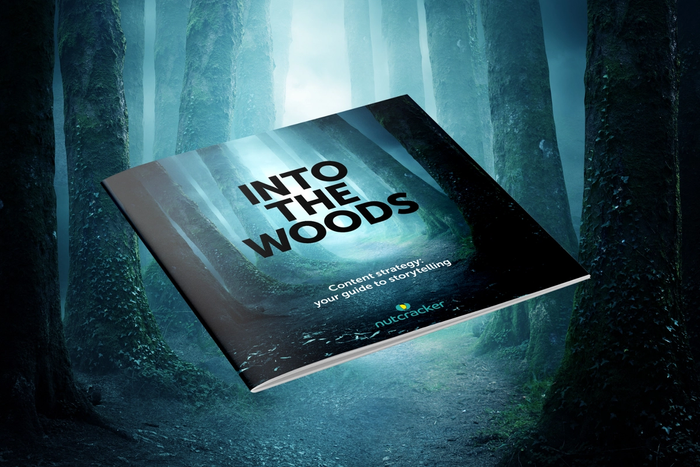Content Marketing & SEO
Why content marketing is essential for B2B lead generation (and how to do it)
81% of prospects wants an expert supplier who challenges their assumptions (Edelman). You are an expert in your field, so when you’re trying to generate leads, the only question is how to prove your expertise to your target market.
Here is where the ‘show, don’t tell’ principle is at its most applicable. Anyone can say they’re an expert, but few can prove it in how they speak, how they think, what they know, and what they share.
Content is the most powerful way to market your expertise and generate leads. However, it’s not just a matter of sharing great insight. It requires a well-conceived and executed strategy, for what you publish, what you discuss, when you share it, and how you present it.
Trying to grow your business but facing tough competition and tight customer budgets? Get your free guide to claiming market share, and learn proven methods for gaining market share in any economic conditions:
[GUIDE] Claiming the spotlight
How to write content that resonates with your prospects and generates leads
It seems that far too many businesses’ content is a thinly-veiled sales pitch. 66% of decision makers say they find vendor content ‘biased’ and ‘not objective or balanced’. (Forrester).
If you are going to position yourself as an expert adviser, then you have to tell people something that is genuinely useful. Your content needs to reveal something, offer a new perspective, or reframe a common assumption. Bad content simply presents business challenges, says that the solution just so happens to be what the supplier sells, then more or less becomes a brochure.
An expert fits the solution to the problem, but bad content tries to fit the problem to the solution. To build authority for your brand, you need to describe business challenges that prospects will recognise, and offer solutions that are backed by evidence and facts, not just by a sales spiel.
Get that right and you open a lot more doors. 90% of decision makers say they are more receptive to sales outreach from brands that consistently produce high quality thought leadership.
How to appeal to as many people as possible with your content
Content might be hyper-targeted, or it might be trying to cast a wide net, but where campaigns often go wrong is in targeting (often inadvertently) just 5% of its total prospects.
A well-attested rule of thumb in marketing is that 95% of a business’s target customers are not actively searching for a solution. However, businesses typically spend 92% of their marketing budget on trying to convert the 5% who are active buyers.
Tempting (and important) as it is to close deals that are ready, neglecting the 95% means that you miss the chance to nurture the vast majority of potential buyers, and make sure they think of you when they are looking for solutions.
What does that mean for the content you produce?
- Don’t assume that the prospect know they have a problem
- Don’t assume that the prospect is motivated to solve their problems
- Don’t assume that the prospect will recognise the challenge as you see it
This early ‘awareness’ stage of the customer funnel is about education, empathy, and consultation. It is about being interesting and authoritative, and having the confidence to offer value and not ask for a commitment in return, such as booking a meeting or a demo.
How to get your content noticed by your target market
One of the most common reasons marketing fails is because brands produce content that is not supported by a strategy. They publish things and hope they get seen, but in this day and age especially, that will almost certainly get lost in the noise.
It typically takes 5-7 interactions for a new prospect to remember your brand, so it is vital that you share and promote your content in multiple touch points. Your target might need to see you talk about a topic on LinkedIn, find a blog post of yours through Google, receive your email about the subject, see you on LinkedIn again, and get another email from you before they finally act and properly engage with the content.
It's about planting seeds — you might capture someone’s attention once, but they probably have 101 other demands on their time, and they will soon forget about your content. The onus is on you to help them recall that they were interested in what you had to say.
Want to start creating content that gets results? Download your free guide
If you have big ambitions for growth, but you are struggling to get eyes on your brand and attract people to your content, then we have published a guide that will help you to:
- Attract attention
- Build engagement
- Convert leads into lasting relationships
Download your copy and take control of your growth.
Share this:





